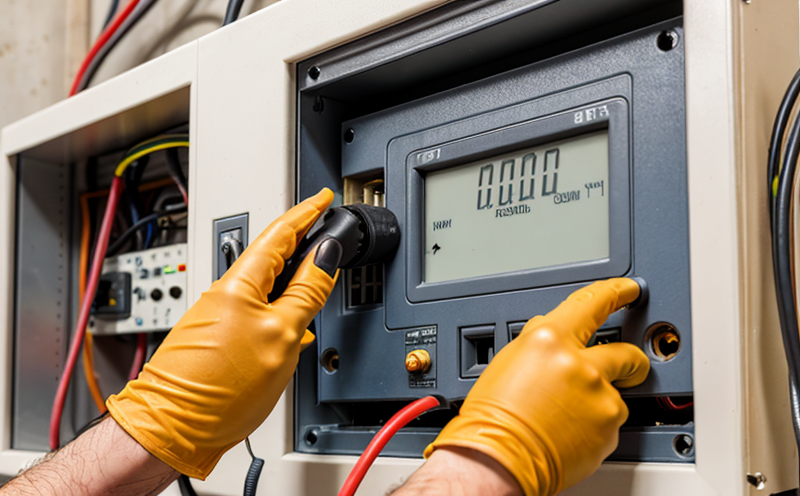IEC 62877-1 Functional Testing of Electrolytes for Lead-Acid Batteries
The IEC 62877-1 standard provides a comprehensive framework for the functional testing of electrolytes used in lead-acid batteries. This standard ensures that electrolyte performance meets stringent requirements, enhancing battery reliability and lifespan under various operating conditions.
Lead-acid batteries are widely used across numerous sectors including automotive, telecommunications, uninterruptible power supplies (UPS), and energy storage systems due to their cost-effectiveness and high reliability. The functional testing of electrolytes is critical for maintaining the integrity of these batteries and ensuring they meet IEC standards.
The test protocol outlined in IEC 62877-1 involves a series of rigorous steps designed to assess how well an electrolyte performs under different conditions. These tests are essential because they help identify potential issues early on, allowing manufacturers to address them before the product reaches the market.
During testing, several key parameters are monitored such as conductivity, specific gravity (density), and temperature stability. Conductivity measures the ability of an electrolyte solution to carry electrical current; higher values indicate better performance. Specific gravity provides information about the concentration of active materials in the electrolyte. Temperature stability tests assess how well the electrolyte maintains its properties across a range of temperatures.
Specimen preparation plays a crucial role in ensuring accurate test results. Samples must be prepared according to specified methods outlined by IEC 62877-1, which include precise dilution ratios and aging procedures to simulate real-world usage scenarios.
The testing process itself involves multiple stages where samples are subjected to various stressors including high temperatures, low temperatures, and charge/discharge cycles. These conditions mimic the operational environment that batteries encounter in everyday use, thereby providing a realistic assessment of electrolyte performance.
Once all tests have been completed, detailed reports are generated summarizing findings from each stage of testing. These reports serve as valuable tools for quality assurance teams and R&D departments alike by highlighting any areas where improvements could be made to enhance product quality further.
To ensure consistent results across different laboratories performing these tests, IEC 62877-1 specifies standard operating procedures (SOPs) that must be followed during specimen preparation and testing. Compliance with these SOPs helps maintain high standards of accuracy and reliability in functional testing.
By adhering to this rigorous testing process, manufacturers can produce lead-acid batteries that not only meet but exceed IEC specifications. This ensures customer satisfaction while also contributing positively towards environmental sustainability efforts by reducing waste associated with substandard products.
Industry Applications
| Application | Description |
|---|---|
| Automotive Industry | Ensures reliable starting and powering of vehicles under all conditions. |
| Telecommunications | Maintains uninterrupted communication services even during power outages. |
| UPS Systems | Provides critical backup power during unexpected electrical failures. |
| Renewable Energy Storage | Supports grid stability and renewable energy integration through efficient storage solutions. |
Customer Impact and Satisfaction
The implementation of IEC 62877-1 functional testing for electrolytes significantly enhances customer satisfaction by ensuring that lead-acid batteries perform reliably under various conditions. This standard helps prevent premature failures, which can lead to costly repairs or replacements.
Through adherence to this rigorous testing process, manufacturers demonstrate their commitment to quality, thereby building trust with customers who value reliability and longevity in their products. By meeting IEC standards, companies are better positioned to gain market share by offering superior performance compared to competitors who may not adhere to such stringent requirements.
Moreover, successful completion of these tests provides peace of mind for end-users knowing that they can rely on the battery throughout its lifecycle without worrying about unexpected failures. This leads to enhanced customer satisfaction and loyalty towards brands that prioritize product quality through thorough testing practices.
Environmental and Sustainability Contributions
- Reduces waste by ensuring only high-quality batteries reach the market, minimizing environmental impact associated with defective products.
- Promotes recycling programs by encouraging responsible disposal practices due to increased reliability and longer lifespans of lead-acid batteries.
- Encourages energy efficiency initiatives within industries relying heavily on backup power systems like telecommunications or data centers.





